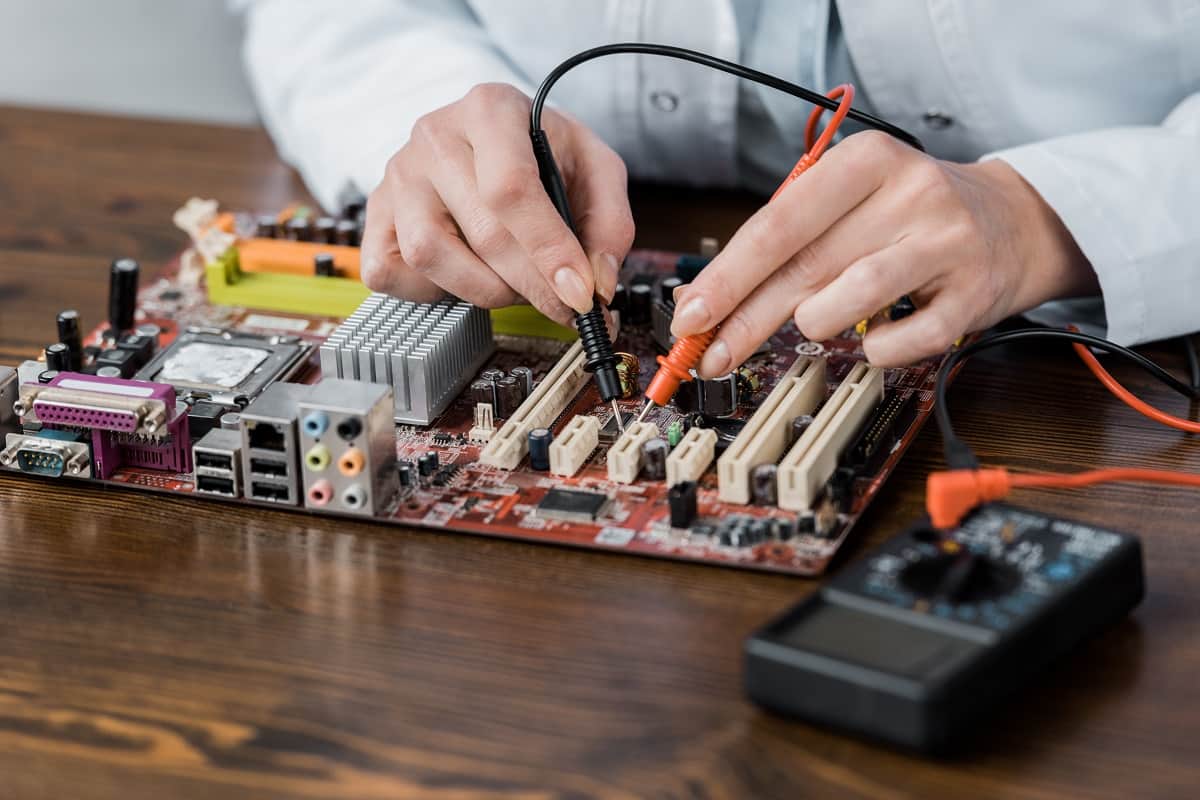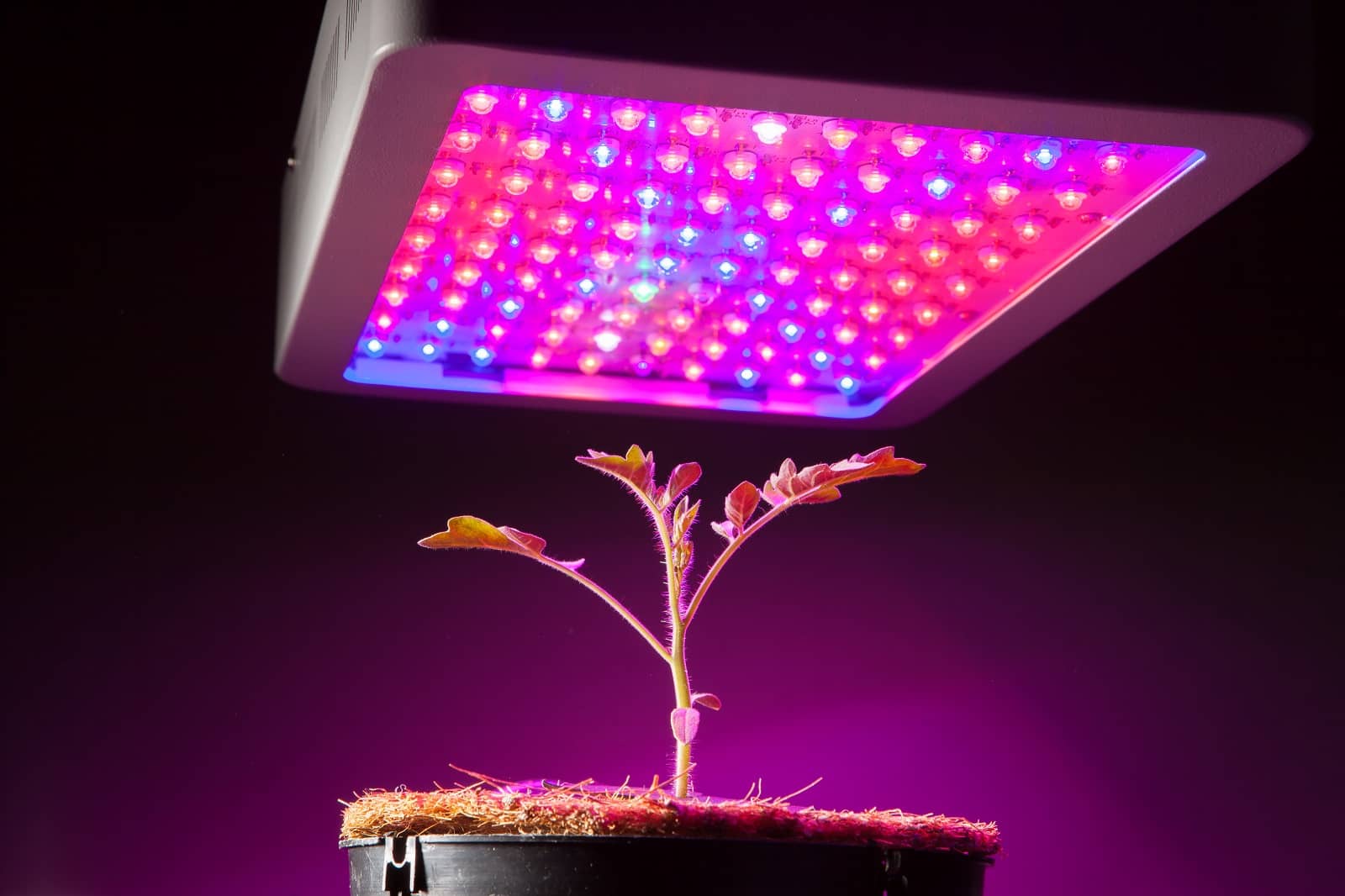These days, people are more conscious of the water they drink than ever before. Results from a couple of surveys conducted in North America alone confirmed that many residents are skeptical about the safety of the water that comes out of their tap.
This cynical attitude isn’t wholly unexpected though, and looking out for the best procedure on how to test for lead in water and treat appropriately is the least they can do to avert the ugly effects of lead-contaminated water.
Ideally, municipal water supplies are void of toxic substances and contaminants that are above the levels stipulated by the health guidelines established by the state. While this is possibly true theoretically, it is not in the actual world. Even if the water is treated and purified from the source, it may become lead-contaminated before it gets you.
While private good owners are less susceptible to lead contamination, they aren’t exempted as well. This is because some small amounts of lead from your plumbing pipes, solder, and other home fittings can sneak into your water supply as it travels through your plumbing system.
Ultimately, it doesn’t matter where your water comes from: everybody must know how to test their water and conduct a home water lead test using the best water test kit to ascertain the amount and toxic level of lead in your water.
Lead contamination in water: how does it happen?
As we continue, it is important to know the process and level of lead contamination in your water in order to determine the best home water test kit and the most appropriate purification method.
You hardly ever find lead occurs naturally in water without any external interference from a third-party element, which is usually the water delivery system.
For example, lead pipes play a major role in the high level of lead contamination in tap water. Other water delivery system elements that contribute to the high level of lead in water are coolers, valves, lead solder present in copper pipes, and brass in faucets.
If you own a private well for more than two decades, there is a high tendency there are some amounts of lead in the “packer” element that is used to fasten the well above the good screen.
Lead can also sneak its way into your water through some water delivery system components like the brass in faucets, lead solder used in joining the copper pipe, valves, and many more.
Leaded-brass elements present in some olden days’ submersible pumps used in wells can cause lead contamination in the water before it gets to you. Some little amounts of toxic substances lurk in lead pipes and can mount up in your body and mind, over time.
In the end, getting a water quality test kit to examine, evaluate, and resolve lead contamination in water applies to all sources of water and private wells before you end up spending all your life savings to treat lead poisoning.
While a government-certified testing laboratory offers the most accurate results showing exactly how much lead is present in your water, it doesn’t come cheap, especially for people on a budget.
And if you cannot afford these fees, do not fret just yet. There is quite a number of different and reliable ways of testing your home’s water quality.
That is why we have covered some of the most effective do-it-yourself methods of testing your water for a lead as soon as you notice any sign of corrosion or lead pipes.
You can shop for reliable and high-quality home water test kit on some popular online platforms or at any home improvement retailer nearest to you.
There is a wide variety of water lead test kits available that will perform very well if you follow the guidelines and directions carefully.
How to test for lead in water
First procedure
READ ALSO: How to use grow lights
Since most localities provide their residents with a free or affordable tap water test kit, you can request for a free water test kit from your local water supplier and send a water sample to the laboratory for analysis.
You can also order the best home water test kit from an online retailer or buy one at the nearest home improvement retail outlet.
Second procedure
Take a sample of your “first-draw water,” which is the very first water that your pipe supplies in the morning after sitting overnight for more than six hours.
During this process, ensure that your faucets and shower systems are not running because the sample determines if your water supply system is made of any lead pipe.
Take another water sample, this time, with your water supply system in full swing for about a couple of minutes. This will determine whether your header pipe is made of lead components or not.
Third procedure
Add the lead test strip inside the water and leave for some time. (See Instructions on the kit for the specific time frame)
Usually, every drinking water test kit comes with a wide variety of strips to test some specific water contaminants so great care must be taken to ensure that only the lead test strip is placed in the water.
Fourth procedure
Carefully follow the guidelines and instructions written on the test kit and wait for the stipulated time frame before you check the strip for the test result.
Usually, home water lead test kits are easy to use, and results are available within minutes.
As soon as you get your results, there are a wide variety of solutions available to purify your water and nip the negative effects of lead-contaminated water in the bud.
You are solely in control of the quality and health status of your home’s water supply. Why don’t you swing to action and test your water today!
P.S: Test your water for lead intermittently as the concentration of the lead may vary if your pipes are flushed regularly in a day.
The first flow of water is highly recommended as it offers the most accurate representation of toxic lead substances in contaminated water.
Jim Powell
Jim is our staff editor and writer. He has a degree in engineering. His hobbies are radio engineering and new technologies about which he has been writing for more than 7 years.




One comment
wine is
May 9, 2022 at 2:42 AM
Saved as a favorite, I really like your web site!